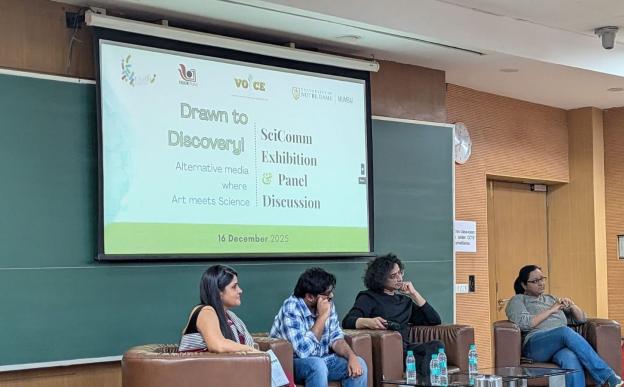With the advances in technology our knowledge of subatomic particles and how they behave has improved considerably. But much is yet to be discovered in the subnuclear realm. Scientists from the Indian Institute of Science Bangalore, Horia Hulubei National Institute for Physics and Nuclear Engineering, Romania, and Physical Research Laboratory, Ahmedabad have developed a theoretical framework to measure the diameter of a Pion.
The Indian Institute of Science Education and Research (IISER) Pune on Tuesday launched the VOICE Fellowship 2025
Pune/
